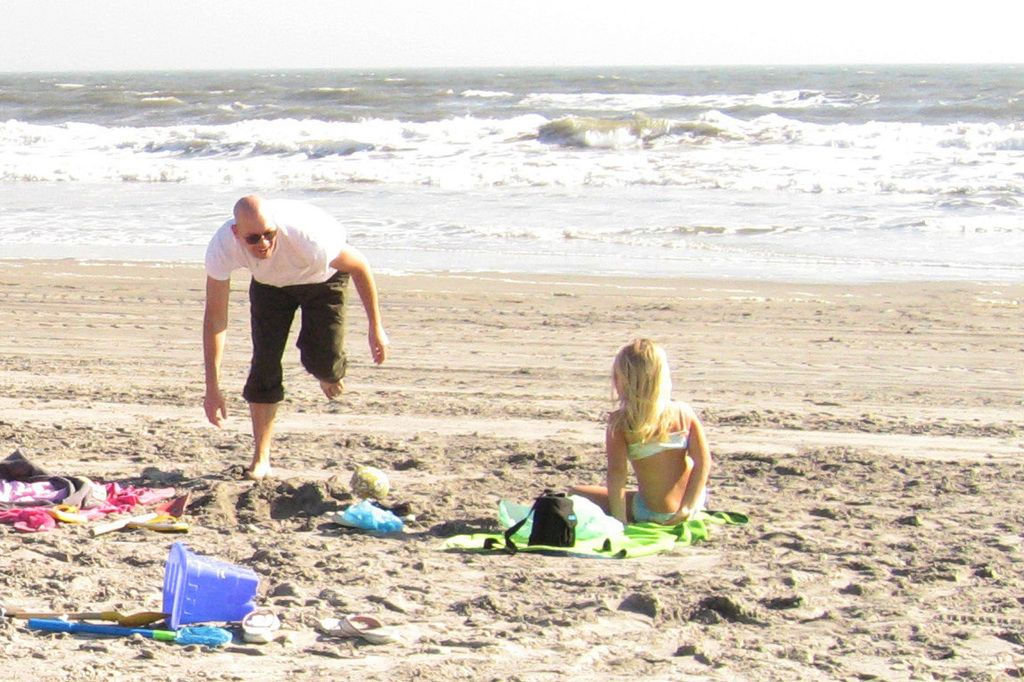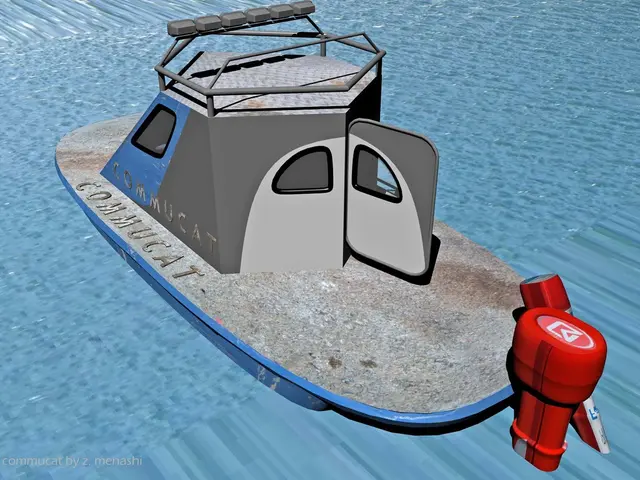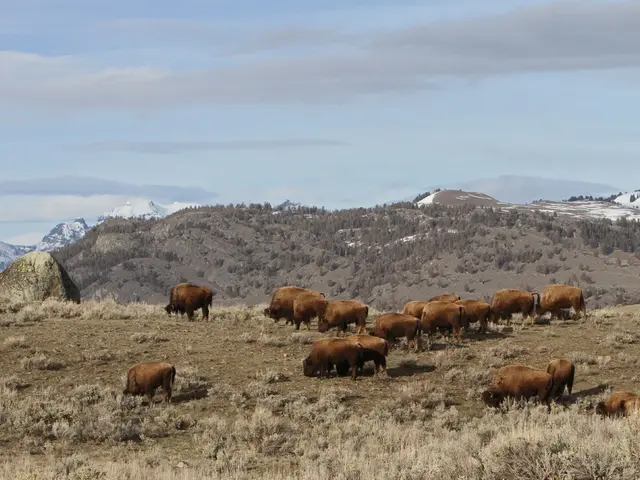Enhancing Your National Park Excursion: Must-Have Items Recommended
Venture into the great outdoors of a national park and immerse yourself in the fresh air, towering trees, and potential wildlife encounters. But if you want a more National Geographic-worthy adventure and less whining about humidity and mosquitoes, you'll need some key gear. Here's a rundown of six essential items that'll turn your trip from "surviving" to "thriving."
Navigation Essentials
Your smartphone's GPS is great until you find yourself in the wilderness with no signal and questionable sense of direction. Many national parks have trails that can look deceptively simple but turn into a labyrinth. Save yourself from getting lost in a rabbit hole by packing a paper map.
To ensure you're not reading a map like a caveman, spend a few minutes before your trip understanding topographic symbols, elevation changes, and trail markers. A compass will come in handy alongside your map, making navigation a breeze. Don't worry about learning how to use a compass like a NASA engineer; a couple of YouTube videos should get you up to speed.
Capture the Moment
You're going to want to make your friends and family green with envy when you share your stunning photos, so bring your camera and a high-quality tripod for a stable shot. Lightweight, collapsible tripods are ideal for hiking, even when you're traveling solo and need to take selfies. Once you have all your amazing photographs, why not create a layflat photo book to showcase your masterpieces for your guests?
Protect Your Feet
Considering your feet are responsible for carrying you everywhere, treat them right with hiking boots that offer ankle support and a sturdy grip. If you're breaking in a new pair of boots, take them out on short strolls before your big hike to avoid foot agony mid-adventure. Remember, wet feet can lead to misery, so opt for waterproof boots or wear moisture-wicking socks to keep your feet dry.
Stay Hydrated
Carrying multiple water bottles might not be practical, so invest in a lightweight water filtration system or purification tablets to refill safely from streams and lakes along the way. Dehydration can sneak up on you quickly, especially in high altitudes or hot climates, and remembering to drink consistently can prevent headaches and fatigue. Whether you're going on a quick day hike or a multi-day backpacking trip, staying hydrated is crucial.
Be Prepared
Keeping a first-aid kit stocked with essential supplies can mean the difference between a minor injury and a full-blown crisis. Scrapes, blisters, insect bites, or unexpected allergic reactions can derail an otherwise fantastic trip. Don't skimp on supplies like bandages, antiseptic wipes, tweezers, pain relievers, and blister pads. If you have specific medical conditions or allergies, make sure to bring any necessary medications along.
Dress for the Weather
National parks are notorious for unpredictable weather, so dress in layers to cater to every possible condition. Consider moisture-wicking base layers, insulating mid-layers, and a waterproof outer shell to handle temperature swings. Remember, insulation is important for high elevations where exposure can be brutal. A lightweight packable rain jacket can save the day if the weather turns for the worse.
With these essentials in your backpack, you'll be well-prepared to conquer the national parks and have memories that'll last a lifetime. Happy adventuring!
- Forget relying on your smartphone's GPS in the wilderness; pack a paper map instead.
- Spend time before your trip learning topographic symbols, elevation changes, and trail markers to avoid getting lost.
- A compass, paired with your map, will simplify navigation on trails that may seem simple but turn into a labyrinth.
- Don't let stunning views or scenic landscapes escape your memory; bring a camera and a high-quality tripod for a stable shot.
- Considering creating a layflat photo book to showcase your masterpieces for friends and family.
- Treat your feet right with hiking boots that offer ankle support and a sturdy grip, and break in new boots before your big hike.
- Wet feet can lead to misery, so opt for waterproof boots or wear moisture-wicking socks to keep your feet dry.
- Invest in a lightweight water filtration system or purification tablets to refill safely from streams and lakes along the way.
- Dehydration can sneak up on you quickly, especially in high altitudes or hot climates; remember to drink consistently to prevent headaches and fatigue.
- Keep a first-aid kit stocked with essential supplies to handle scrapes, blisters, insect bites, or unexpected allergic reactions.
- Don't skimp on supplies like bandages, antiseptic wipes, tweezers, pain relievers, and blister pads.
- If you have specific medical conditions or allergies, make sure to bring any necessary medications along on your trip.
- Dress in layers to cater to every possible weather condition in national parks, and consider moisture-wicking base layers, insulating mid-layers, and a waterproof outer shell.







